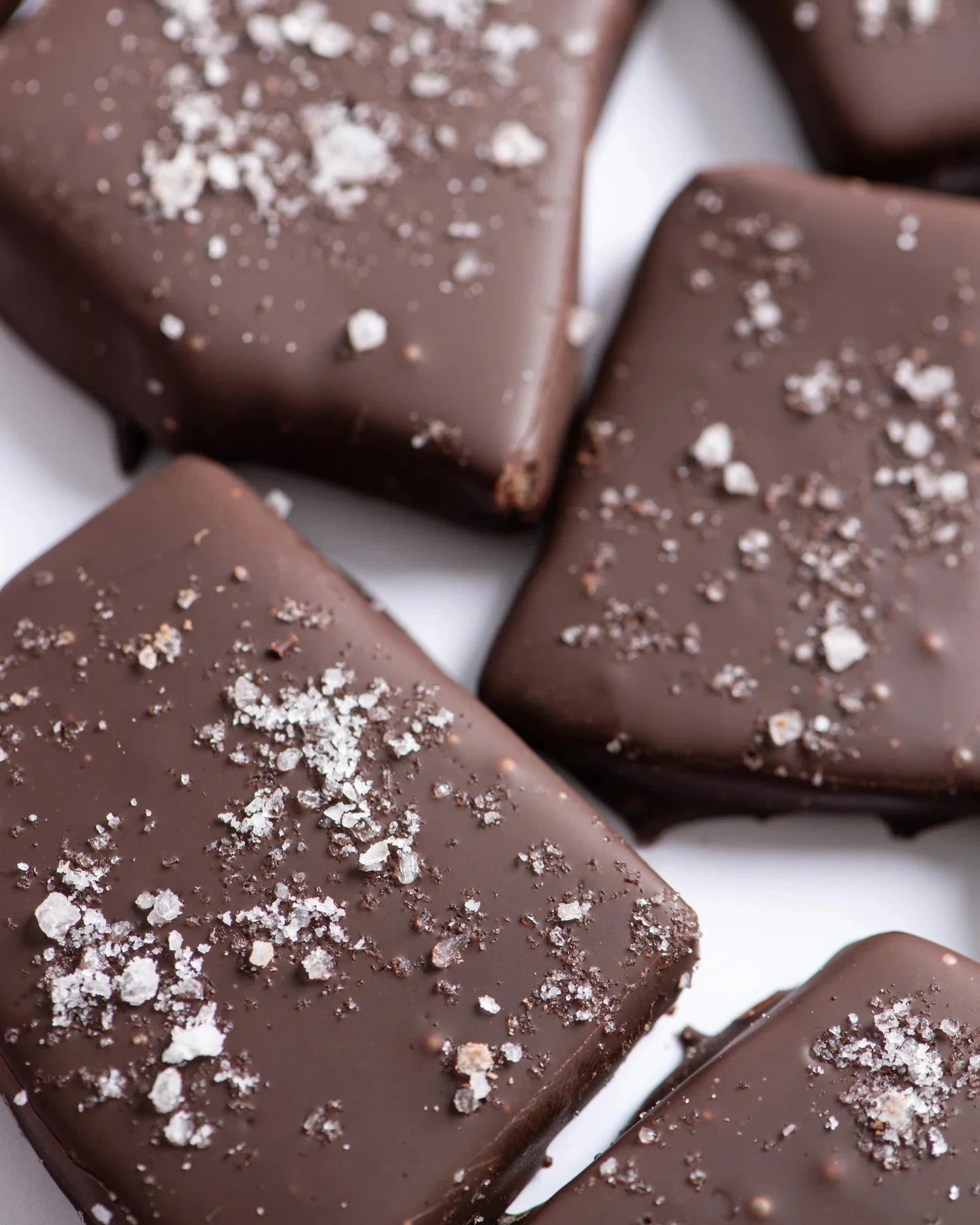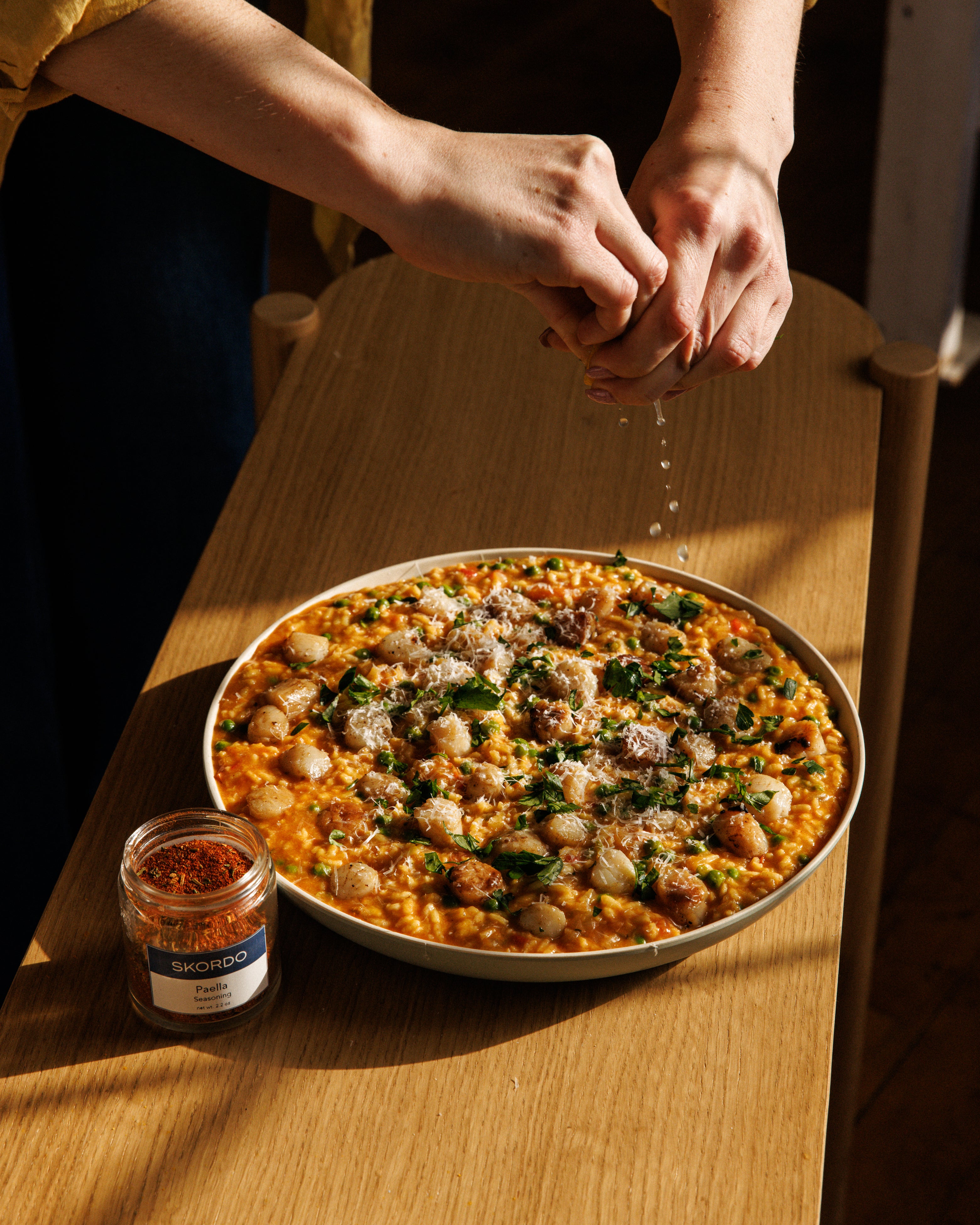The best class I took in college was taught by Todd Little-Siebold at College of the Atlantic. It was a course dedicated to writing ethnographies. My paper was about elver fishing in Maine. I didn’t sleep for days and spent weeks traveling around with a buyer funded by Chinese fish mongers who had massive salt-water tanks (and 24 hour security) installed outside of his motel room Downeast. How does this tie to apple harvest in Maine? Stay with me.
For the last ten years Todd has been teaching History of Agriculture: Apples. The course description says it will ‘explore how the culture of apple agriculture in Maine develops over time as part of an interconnected Atlantic World where crops flow back and forth between Britain and the colonies/US over hundreds of years. Course activities will include fruit exploration, fieldtrips to track down and identify antique varieties, as well as visits to the local farms where a new generation of apple culture is taking shape.’ First of all, Atlantic World and Fruit Exploration are great terms. Second, who would have guessed the meager apple played such a significant role in intercontinental food exchange? For me the answer is not me ever, but now I’m looking at these ubiquitous fruits with a fresh appreciation. No longer are heirloom apples just for scenic fall picking and pies – they’re an integral piece of food systems going back generations that are also a key marker of fall harvest.
That being said, there's no denying apple picking is a standalone season in Maine. It comes on fast, but you know it’s arrived when social feeds fill up with picking portraits featuring flannels and LL Bean boots. We flock to pick-your-own orchards promising this is the year we’re going to use every single apple! Recipes for sauce, cider, vinegar, pies, and butter stack up alongside freshly picked fruit and somehow we never seem to keep the promise. In all my years, I’ve only met one group who fully rise to the apple picking challenge: My husband’s family. They make gallon upon gallon of cider without ever acknowledging pies or sauce. Some of it is sweet, some hard and some inevitably becomes vinegar, but every apple they can get their hands on turns into cider.



To better understand the historical value of apples I’ll need to audit Todd’s class, but in the meantime it’s clear the value of apples in Maine’s communities and their role in fall celebrations persists. So, let’s hear it for all the apples out there – the heirlooms, the hybrids and even the crabby ones!
Apple Sauce
Makes 10oz - 12oz of sauce
Ingredients:
- 2 - 4 Apples
- Water
- Spices
Spice Recommendations:
- Masala Chai Spice Blend
- Pumpkin Pie Spice
- Cinnamon Sticks, Ground Cardamom, Ground Allspice, or Ground Cloves
Recipe:
Wash, core and cut apples into rough chunks. I like to keep the peels on my apples, but that’s up to you.
Place prepared apples in a medium saucepan and barely cover with water. Add preferred spices and cook at a medium heat until apples soften and water starts to evaporate. Reduce heat to low and cook to preferred consistency. Pair with a protein or enjoy with oatmeal at breakfast. Enjoy!





